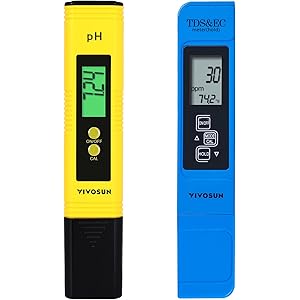Understanding the Flocculation Process
The flocculation process is a crucial method used in various industries, particularly in water treatment, to aggregate fine particles into a floc or clump. This process enhances the efficiency of sedimentation and filtration by promoting the formation of larger particles that can be easily removed from liquids. Flocculation is often initiated by the addition of flocculants, which are chemical agents that facilitate the binding of particles together.
The Role of Flocculants in Flocculation
Flocculants play a vital role in the flocculation process by neutralizing the charges on suspended particles, allowing them to come together and form larger aggregates. These agents can be natural or synthetic, with common examples including polyacrylamides and starch derivatives. The choice of flocculant depends on the type of particles present and the specific requirements of the treatment process. Proper dosage and mixing are essential to achieve optimal flocculation results.
Mechanisms of Flocculation
The mechanisms behind flocculation can be categorized into several types, including charge neutralization, bridging, and hydrophobic interactions. Charge neutralization occurs when flocculants reduce the electrostatic repulsion between particles, allowing them to bond. Bridging involves the flocculant molecules linking multiple particles together, while hydrophobic interactions occur when non-polar regions of the flocculant attract similar regions on the particles. Understanding these mechanisms is essential for optimizing the flocculation process.
Applications of Flocculation
Flocculation is widely used in various applications, including municipal water treatment, wastewater management, and mineral processing. In water treatment, it helps remove impurities and suspended solids, ensuring clean and safe drinking water. In wastewater treatment, flocculation aids in the removal of contaminants before discharge. Additionally, in mineral processing, it enhances the recovery of valuable minerals by separating them from gangue materials.
Factors Influencing Flocculation
Several factors can influence the effectiveness of the flocculation process, including pH, temperature, and the concentration of flocculants. The pH of the solution can affect the charge of the particles and the flocculant, thereby impacting the aggregation process. Temperature can influence the kinetics of flocculation, while the concentration of flocculants must be carefully controlled to avoid overdosage, which can lead to poor floc formation.
Get more content like this!
Sign up to receive updates and new terms first hand.
Monitoring and Control of Flocculation
Monitoring the flocculation process is essential for ensuring optimal performance. Techniques such as turbidity measurements and particle size analysis can provide insights into the effectiveness of flocculation. Automated control systems can also be implemented to adjust flocculant dosing in real-time based on the characteristics of the feed water. This level of control helps maintain consistent flocculation performance and improves overall treatment efficiency.
Challenges in Flocculation
Despite its advantages, the flocculation process can present challenges, such as the formation of weak or unstable flocs that may break apart during sedimentation or filtration. Additionally, the presence of certain contaminants can inhibit flocculation, leading to incomplete removal of particles. Addressing these challenges often requires a thorough understanding of the specific conditions and characteristics of the system being treated.
Innovations in Flocculation Technology
Recent advancements in flocculation technology have led to the development of more efficient flocculants and improved application methods. Innovations such as the use of bioflocculants derived from natural sources have gained attention due to their eco-friendly nature and effectiveness. Furthermore, the integration of flocculation with other treatment processes, such as coagulation and sedimentation, has shown promise in enhancing overall treatment performance.
Future Trends in Flocculation
The future of the flocculation process is likely to be shaped by ongoing research and technological advancements. As industries continue to prioritize sustainability and efficiency, the demand for innovative flocculation solutions will grow. This includes the exploration of new materials and methods that minimize environmental impact while maximizing treatment effectiveness. Continuous improvement in monitoring and control technologies will also play a significant role in optimizing flocculation processes across various applications.




